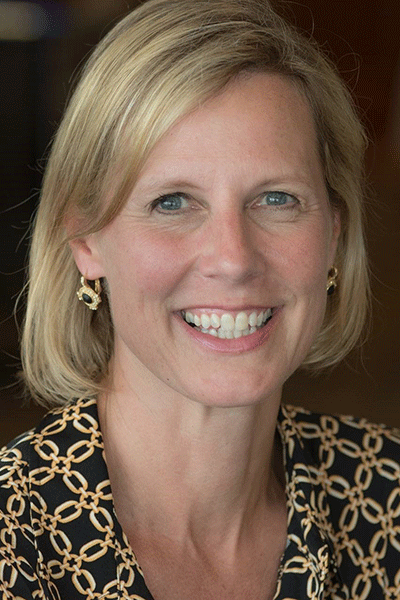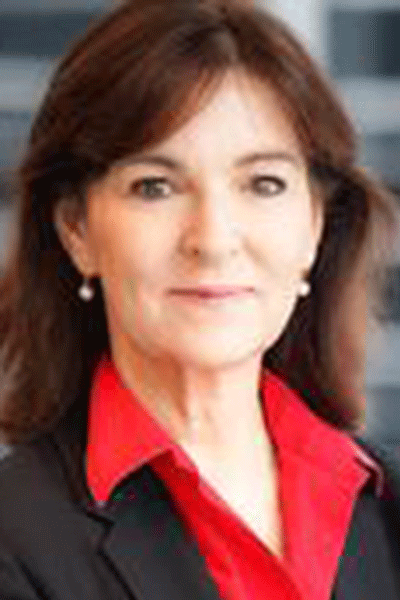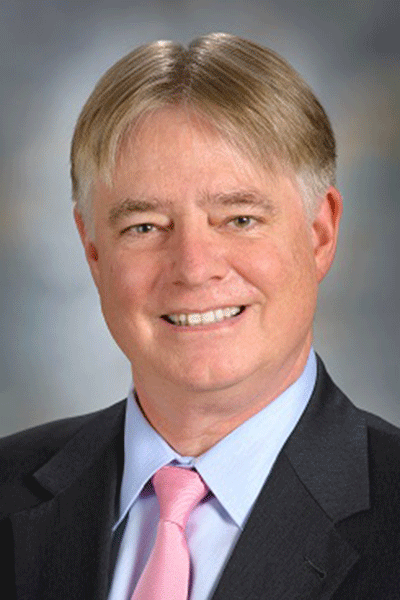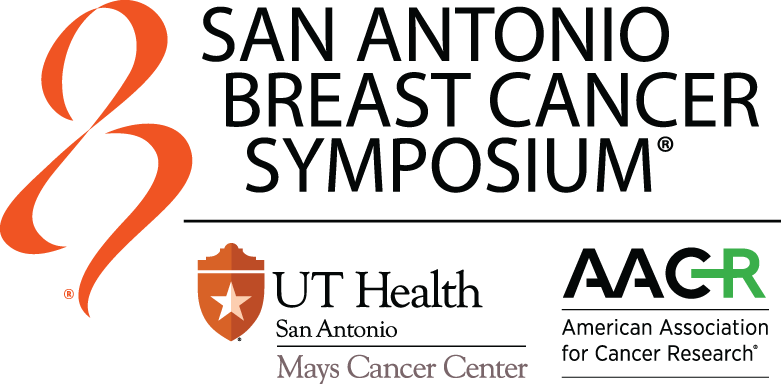
Just as no single breast cancer treatment is appropriate for all patients, no single prevention strategy is appropriate for all. Prophylactic mastectomy is highly effective in preventing breast cancer but is not often acceptable. A variety of less drastic approaches from lifestyle intervention to vaccines are being developed.
“Dietary risk factors are the leading cause of all-factor mortality in the United States,” said Melinda L. Irwin, PhD, MPH, Professor of Epidemiology, Yale School of Public Health and Associate Director, Yale Cancer Center. “Fourteen cancers are currently associated with obesity, including breast, and 13 cancers with low levels of physical activity.”
Dr. Irwin opened a Mini-Symposium on “Recent Advances in Breast Cancer Prevention” on Wednesday, Dec. 9.
Lifestyle behaviors affect three pathways that influence breast cancer, Dr. Irwin said: estrogen, insulin, and inflammation. Clinical trials have found that healthy diet and exercise bring clinically meaningful changes in biomarkers associated with cancer outcomes.
Multiple randomized clinical trials have found that healthier patients, those who are not obese and are physically active, are less likely to develop cancer. Cancer patients with healthier lifestyles are more likely to meet treatment goals for breast and other cancers.
“Nutrition, weight management, and exercise should be part of the program from the outset,” Dr. Irwin said.
Improved breast cancer screening can also help.

“Screening and early detection is key,” said Constance Lehman, MD, PhD, FACR, Chief of Breast Imaging, Massachusetts General Hospital and Professor of Radiology, Harvard Medical School. “Yet we lack two critical ingredients for success. We do not have accurate tools to predict risk of future disease and we lack precise screening tests.”
Effective prevention and detection strategies depend on accurate risk assessment models, Dr. Lehman continued. Current models are modest at best, with area under the curve (AUC) of only 0.60 – 0.65. Artificial intelligence (AI) can help.
A current AI-guided model gives an AUC of 0.77. And with a growing backlog of 100,000 mammograms every day due to COVID, the need to assess breast cancer risk more accurately and quickly has never been greater.
Prophylactic mastectomy reduces the risk of breast cancer by at least 90%, but chemoprevention may be more acceptable—if toxicities can be reduced.

“Selective estrogen receptor modulators (SERMs) reduce the risk of breast cancer disease by about 50% in high-risk individuals,” said Powel Brown, MD, PhD, Professor and Chair of Clinical Cancer Prevention, MD Anderson Cancer Center. “But the uptake has been slow due to concerns about side effects. Trials suggest that lower doses of drugs such as tamoxifen can be similarly effective with far less toxicity.”
Early data from trials of topical tamoxifen show similar risk reduction as oral dosing with minimal toxicity. Full results could be available in 2021.
Multiple breast cancer vaccines are being tested, Dr. Brown said, noting that results from the few trials that have been completed are generally positive with low rates of toxicity.
“Prevention of breast cancer is certainly possible, but toxicity limits the use of current preventative drugs,” he said. “Preventative interventions need to be acceptable to healthy, high risk populations to be successful.
SABCS registrants will have exclusive on-demand access to this and other virtual SABCS programming until March 13, 2021.

